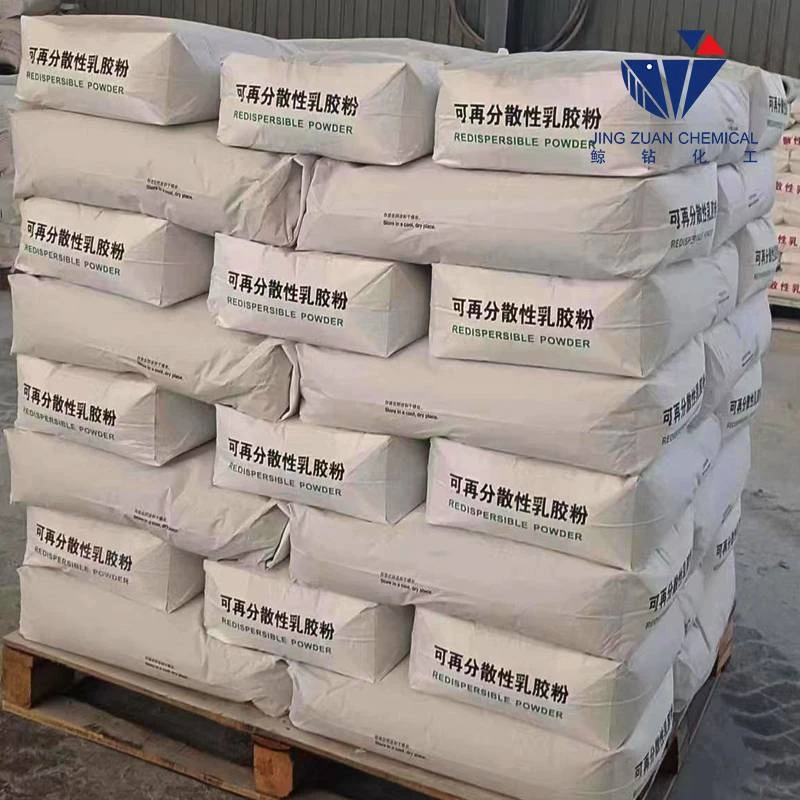
Nov . 04, 2024 20:00 Back to list
hydroxyethyl cellulose chemical formula
Hydroxyethyl cellulose (HEC) is a water-soluble polymer derived from cellulose, a naturally occurring biopolymer. Its chemical formula can be represented as C₂₄H₄₈O₁₈, indicating a complex structure that contains hydroxyl (–OH) groups, which are pivotal for its solubility in water and its versatile applications in various industries.
The synthesis of HEC begins with cellulose, which is obtained from plant fibers. Cellulose, being a macromolecule, consists of long chains of glucose units. To produce hydroxyethyl cellulose, cellulose undergoes a chemical modification process where ethylene oxide is introduced. This reaction replaces some of the hydroxyl groups on the cellulose chain with hydroxyethyl groups. The degree of substitution can vary, influencing the properties of the resultant polymer.
HEC boasts a range of beneficial characteristics. Its ability to dissolve in cold water makes it distinct from some other cellulose derivatives that require heating. This solubility makes HEC a popular choice in industries where aqueous formulations are essential, such as pharmaceuticals, cosmetics, and food products. It serves as a thickening agent, stabilizer, and film-forming agent, enhancing the texture and performance of various formulations.
In the pharmaceutical sector, hydroxyethyl cellulose is frequently used in topical formulations, eye drops, and as a binder in tablets. Its biocompatibility and non-toxic nature make it ideal for these applications. In cosmetics, HEC is included in products like lotions, creams, and gels, where it improves consistency and provides a smooth feel upon application.
hydroxyethyl cellulose chemical formula

Moreover, in the food industry, HEC is used as a thickener and stabilizer in various products, contributing to the texture of sauces, dressings, and desserts. Its ability to form gels and stabilize emulsions is particularly valuable, ensuring that food products maintain their quality throughout storage.
The use of HEC extends to the construction industry as well. It is utilized as an additive in cement and plaster mixtures, significantly improving workability and water retention. This makes it easier to achieve smooth finishes and increases the durability of the final product.
Environmental considerations are also relevant with the use of HEC. As a cellulose derivative, HEC is biodegradable, making it a more sustainable option compared to many synthetic polymers. Its production process, derived from renewable resources, aligns with the growing trend towards environmentally friendly materials.
In conclusion, hydroxyethyl cellulose is a multifunctional polymer that plays a crucial role in various applications across multiple industries. The unique properties conferred by its chemical structure enable HEC to enhance both the functionality and quality of products while maintaining a low environmental impact. As research continues, the potential applications of hydroxyethyl cellulose are likely to expand, further illustrating the importance of this innovative compound in modern formulations.
-
Versatile Hpmc Uses in Different Industries
NewsJun.19,2025
-
Redispersible Powder's Role in Enhancing Durability of Construction Products
NewsJun.19,2025
-
Hydroxyethyl Cellulose Applications Driving Green Industrial Processes
NewsJun.19,2025
-
Exploring Different Redispersible Polymer Powder
NewsJun.19,2025
-
Choosing the Right Mortar Bonding Agent
NewsJun.19,2025
-
Applications and Significance of China Hpmc in Modern Industries
NewsJun.19,2025







